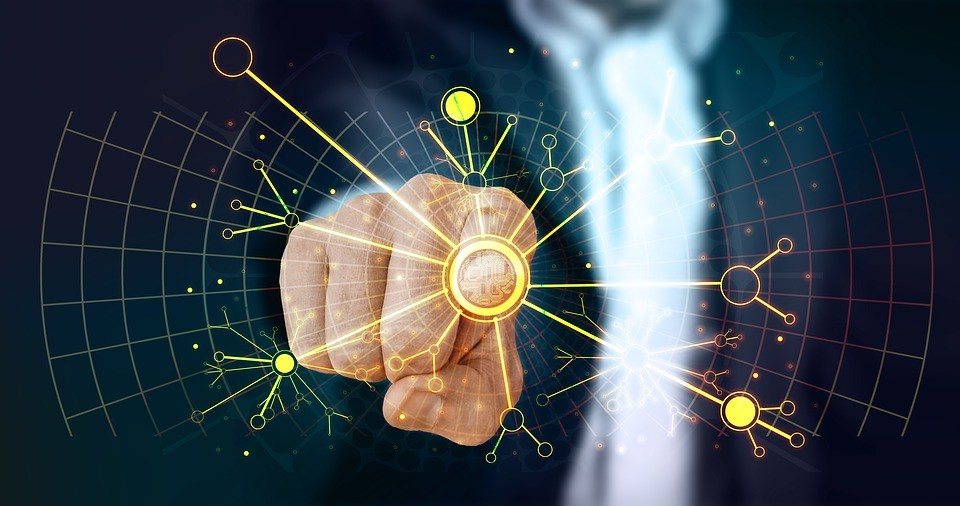7 Most Popular Data Science Tools Worth Exploring
Data Science is one of the hottest fields of the 21st century. Data Science helps companies to gain insights about their customers and the market, eventually helping them to pitch their products in a better way. Data Scientists play a vital role in the decision-making of a company.
A Data Scientist’s work is to extract, manipulate, pre-process, and generate predictions from the data. To do so, data scientists require several tools and programming languages.
In this article, we will talk about some of the most used data science tools, their benefits, and key features.
1. SAS
SAS is a data science tool that is specially designed for statistical operations. SAS is used by large organizations to analyze data. It uses a base SAS programming language to perform statistical modeling and is extensively used by companies and professionals working on reliable commercial software. SAS offers various tools and statistical libraries that a Data Scientist can use for data modeling and organizing.
Just as the features it provides its pricing is also sky high and that’s why it’s mostly used only by big organizations.
2. BigML
BigML is another widely used tool in the field of Data Science. It provides a cloud-based GUI environment that is fully interactable which can be used for processing Machine Learning Algorithms. BigML is a standardized software that helps companies to apply Machine Learning algorithms across different parts of their company.
BigML also specializes in predictive modeling. It works on a wide variety of Machine Learning algorithms like classification, clustering, time-series analysis, etc. It allows data scientists to do interactive visualizations of datasets and provides the facility of exporting visual charts on your other devices as well.
Furthermore, BigML also has automation methods that can be really helpful in automating the tuning of hyperparameter models and even in automate the workflow of reusable scripts.
BigML has an easy-to-use interface, and it also provides free signups for people who just want to try out the tool.
3. MATLAB
MATLAB is a multi-paradigm numerical computing platform that enables the processing of mathematical information. It immensely helps in statistical modeling of data, algorithmic implementation, and matrix functions.
Using the MATLAB graphics library, data scientists can build powerful visualizations. It is also used in signal and image processing which makes MATLAB a very versatile tool for Data Scientists.
4. Tableau
Tableau is a very famous tool for Data Visualization that is packed with powerful graphics that can make interactive visualizations. tableau is specially designed for industries working in the field of business intelligence.
The best part of Tableau is its ability to interface with databases, Online Analytical Processing cubes, spreadsheets, etc. Moreover, Tableau can visualize geographical data for plotting latitudes and longitudes in maps.
You can also use it as an analytics tool to analyze data. Tableau has an active online community where you can share your findings/observations.
5. Jupyter
Jupyter tool is based on IPython which helps developers in making open-source software, combine software code, and experience interactive computing. Jupyter can support multiple languages like Python, Julia, and R. It is mainly used to write live code, and for visualizations and presentations.
Jupyter also has some amazing presentation features that can be very helpful in storytelling. With Jupyter data scientists can perform data cleansing, visualization, statistical computation, and even create predictive machine learning models.
6. Matplotlib
Matplotlib is basically a visualization and plotting library developed for Python. It is hands-down the best tool to generate graphs with the analyzed data. With Matplotlib data scientists can generate bar plots, scatterplots, histograms, etc.
Matplotlib is also preferred as a data visualization tool.
7. NLTK
Natural Language Processing (NLP) is an important and popular thing in the Data Science space. NLP refers to the development of statistical models that help machines to understand human language. These models are parts of Machine Learning and assist computers to understand natural language. If you talk about the most used programming language a.k.a “Python”, it comes with a collection of libraries called Natural Language Toolkit (NLTK) that is solely developed for this purpose.
NLTK is generally used by data scientists in various language processing techniques like stemming, tokenization, tagging, machine learning, and parsing. It has a wide variety of applications like Word Segmentation, Machine Translation, Parts of Speech Tagging, and Text to Speech Speech Recognition.
Conclusion
These tools can make the life of a data scientist quite easier and pressure-free because most of these tools come with ready-made features that can be really helpful to a data scientist.
Well, that was the list guys, hope you liked it and got to learn about something new. Though there are tons of tools in the market, and I know it can be pretty confusing but you just have to filter out tools depending on your needs and requirements.
Recommended Reading: Why Math is Crucial in Information Systems

I like your post. I appreciate your blogs because they are really good.
Glad to found this great website.